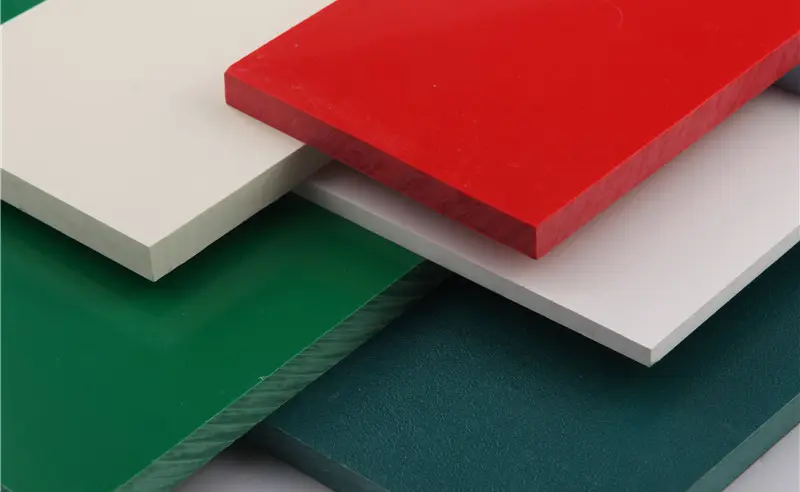Nov . 21, 2024 11:03 Back to list
waste pipe fittings
Understanding Waste Pipe Fittings An Essential Component in Plumbing
When it comes to plumbing systems, the importance of waste pipe fittings cannot be overstated. These fittings play a critical role in directing wastewater from various fixtures—such as sinks, toilets, and showers—into the drainage system. Understanding the types, functions, and installation of waste pipe fittings is essential for both homeowners and professionals in the plumbing industry.
What Are Waste Pipe Fittings?
Waste pipe fittings are essential components of a plumbing system that connect various pipes to ensure that waste flows efficiently from points of origin to the sewage or septic system. They come in various shapes and sizes to accommodate different plumbing needs and configurations. Common types of waste pipe fittings include elbows, tees, reducers, and traps.
1. Elbows These fittings are used to change the direction of the pipe, typically by 90 or 45 degrees. This is essential in plumbing systems where space is limited, and straight pipes cannot be used.
2. Tees Tee fittings allow for the connection of three different pipes, enabling the diversion of wastewater from one line into another. They are vital in branching off the main drain line.
3. Reducers As the name implies, reducers connect pipes of different diameters, ensuring that the flow of waste is continuous and efficient.
4. Traps Traps are unique fittings that retain a small amount of water, which creates a seal preventing sewer gases from entering the living space. Common examples include sink traps and toilet traps.
The Importance of Proper Installation
Proper installation of waste pipe fittings is crucial for the overall performance of a plumbing system. Incorrectly installed fittings can lead to leaks, clogs, and even sewage backups, causing potential health hazards and extensive property damage.
When installing waste pipe fittings, several factors must be considered
waste pipe fittings

- Material Compatibility Ensure that the materials used for pipes and fittings are compatible. Common materials include PVC, ABS, and cast iron.
- Slope or Drop Waste pipes should have an adequate slope to facilitate proper drainage. A general rule of thumb is to maintain a slope of ¼ inch per foot for pipes 3 inches in diameter and smaller.
- Seals and Connections Use the appropriate sealants and fittings to create airtight connections. This helps prevent leaks and the potential for unpleasant odors.
Maintenance of Waste Pipe Fittings
Regular maintenance of waste pipe fittings can help extend the lifespan of your plumbing system and prevent costly repairs. Here are some maintenance tips
- Inspect Regularly Routinely inspect your plumbing for any signs of leaks or corrosion, especially around fittings where wear and tear is most likely to occur.
- Clean Drains Keep drains clear of debris to reduce the likelihood of clogs. Using drain screens can help catch hair and food particles.
- Professional Check-Ups Consider scheduling regular inspections with a licensed plumber. They can identify potential issues before they escalate into significant problems.
Conclusion
Waste pipe fittings are a vital component of any plumbing system, ensuring the efficient disposal of wastewater. Understanding the different types of fittings, their functions, and the importance of proper installation and maintenance can enhance the performance and longevity of a plumbing system. Whether you are a homeowner, a DIY enthusiast, or a plumbing professional, having a solid grasp of waste pipe fittings is essential in creating a safe and effective plumbing environment. Remember, a well-maintained plumbing system not only contributes to a comfortable living space but also protects your property from the risks associated with sewage leaks and backups. Make waste pipe fittings a priority in your plumbing endeavors!
-
High-Quality PPR Pipes and Fittings Durable ERA PPR & PVC PPR Solutions
NewsJul.08,2025
-
Black HDPE Cutting Board - Durable, Non-Porous & Food Safe HDPE Plastic Cutting Board
NewsJul.08,2025
-
High-Quality CPVC Panel Durable HDPE & PVC Panels Supplier
NewsJul.08,2025
-
Double PE Welding Rod Supplier - High Strength, Durable & Versatile Welding Solutions
NewsJul.07,2025
-
High-Quality PVC-O Pipe Supplier Durable 75mm PVC Pipe & Connections Leading PVC Pipe Company
NewsJul.07,2025
-
HDPE Drainage Pipe Supplier – Durable & Corrosion-Resistant Solutions
NewsJul.06,2025

